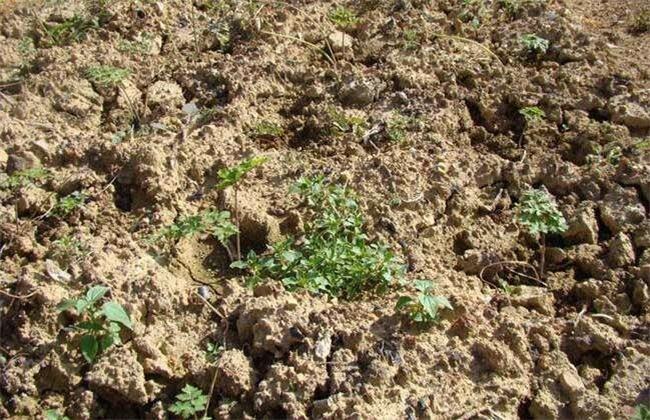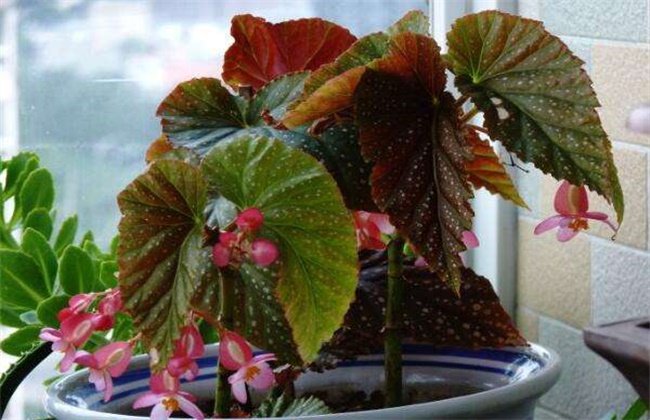Degradation mode of herbicide
When growing crops, herbicides are more or less used to ensure the normal growth of crops. The rational use of herbicides can remove weeds in the field in time and ensure the healthy growth of crops. But now most herbicides are chemical. After spraying, it is easy to residual chemical components in the soil, causing environmental pollution. So herbicides must do a good job of degradation, then the editor below will bring you the degradation of herbicides, let's have a look!

1. Volatilization
Volatilization is one of the main methods to degrade herbicides, which is usually volatilized in a high temperature environment. However, the effect of volatilization degradation mainly changes with the change of environment. One of the most well-known is probably the temperature, the higher the temperature, the faster the volatilization and degradation of herbicides. In fact, it should be determined according to the composition of herbicides, for example, herbicides contain substances such as pendimethalin, and it is relatively simple to volatilize.
2. Photolysis
Some herbicides can be photolyzed by the influence of sunlight, and the indispensable part of photolysis is the sun. Under normal circumstances, many herbicides can be photolyzed. However, the speed of photolysis is directly related to the quality of herbicides and light intensity. The stronger the light, the faster the photolysis. Herbicides such as trifluralin can be photolyzed faster than other herbicides because of their special molecular structure.
3. Dissolve in water
Water dissolving is also a good way to degrade herbicides. Water-soluble degradation is mainly reduced by rainfall or artificial water spraying. After Rain Water, herbicides will gradually seep down to the bottom of the soil with water, reducing the harm to crops and the soil. And if the water dissolves, it must be directly related to the water flow. However, it should be noted that the herbicide can not be watered immediately, and we should do a good job of rain prevention to avoid drug damage and affect the growth of crops.
4. Soil adsorption
The adsorption of soil is closely related to the activity of herbicides and the persistence of drug residues. Herbicides are absorbed by colloids in the soil, which can effectively achieve the purpose of degradation. The adsorption and degradation of soil is mainly related to the types of herbicides and the content of soil clay. For example, urea, triazobenzene and so on are easily adsorbed by soil. If the content of soil clay is high, it can also enhance the adsorption capacity of the soil. When weeding, we should pay attention to consider the content of colloidal clay in the soil to ensure that the adsorption of weeding in the soil can reach saturation as far as possible.
This is a brief introduction to the degradation of herbicides. In addition to the above four kinds of herbicide degradation, there are chemical degradation, biodegradation and other degradation methods. No matter which method is used, it is necessary to ensure that the herbicide can be degraded normally to avoid excessive pollution. That's all for today's introduction. This article is for reference only. I hope it can help you all.
Related
- Fuxing push coffee new agricultural production and marketing class: lack of small-scale processing plants
- Jujube rice field leisure farm deep ploughing Yilan for five years to create a space for organic food and play
- Nongyu Farm-A trial of organic papaya for brave women with advanced technology
- Four points for attention in the prevention and control of diseases and insect pests of edible fungi
- How to add nutrient solution to Edible Fungi
- Is there any good way to control edible fungus mites?
- Open Inoculation Technology of Edible Fungi
- Is there any clever way to use fertilizer for edible fungus in winter?
- What agents are used to kill the pathogens of edible fungi in the mushroom shed?
- Rapid drying of Edible Fungi



